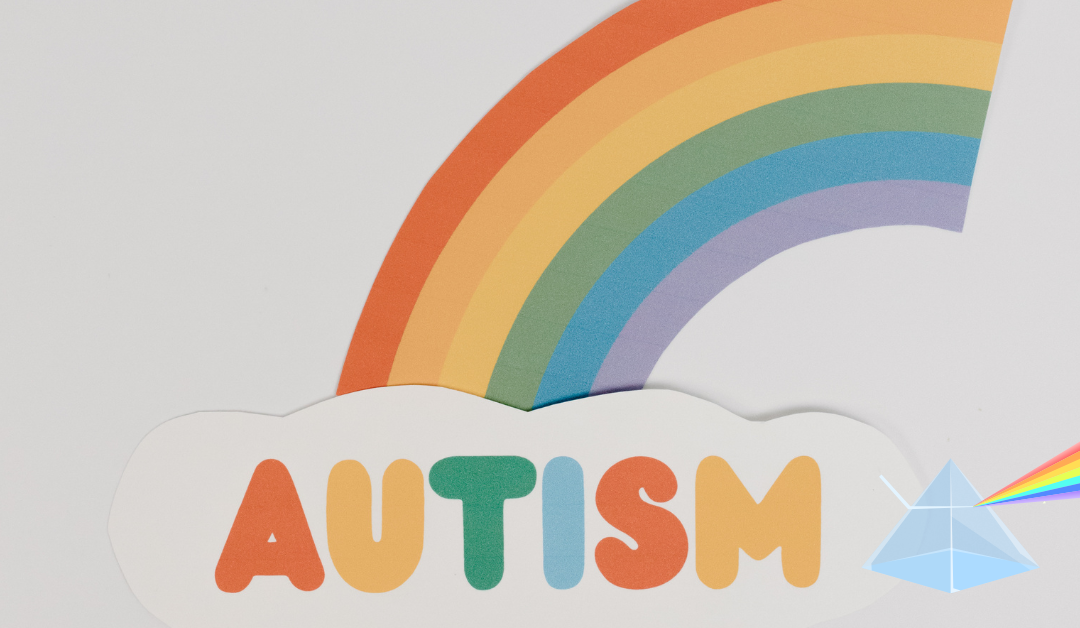Autism Spectrum Disorder (ASD) is a complex neurodevelopmental condition that affects communication, behavior, and social interaction. While it is commonly referred to as a spectrum, many people wonder about the different types of autism and how they manifest in individuals. Over the years, autism classifications have evolved, and although all forms of autism now fall under the ASD umbrella, there are still distinctions in presentation and severity. Understanding these differences can help in identifying needs, support strategies, and available resources.
What Are the 5 Different Types of Autism?
Before the DSM-5 (Diagnostic and Statistical Manual of Mental Disorders) revised its classification in 2013, autism was divided into different subtypes. While these labels are no longer officially used in diagnosis, many people still refer to them to describe the diverse ways autism presents. The five types include:
- Autistic Disorder (Classic Autism): This is what most people think of when they hear the term autism. It involves significant challenges in communication, social interaction, and repetitive behaviors. Individuals may have sensory sensitivities and require structured support in daily life.
- Asperger’s Syndrome: Once considered a separate diagnosis, Asperger’s is now recognized as part of the autism spectrum. People with Asperger’s tend to have average or above-average intelligence, strong language skills, and intense interests in specific topics, but they may struggle with social interactions and understanding nonverbal cues.
- Pervasive Developmental Disorder – Not Otherwise Specified (PDD-NOS): This category was used for individuals who displayed some autism-related traits but did not fully meet the criteria for other subtypes. It included a wide range of abilities and challenges.
- Childhood Disintegrative Disorder (CDD): A rare and severe form of autism, CDD involves children developing normally for the first few years of life before experiencing a significant loss of skills, including language, motor function, and social abilities.
- Rett Syndrome: Though no longer classified under autism, Rett Syndrome was once considered part of the spectrum. It primarily affects females and leads to loss of purposeful hand use, mobility challenges, and communication difficulties.
Can You Have Autism and Still Be “Normal”?
The term “normal” is subjective and varies based on societal expectations. Many individuals with autism lead fulfilling lives, pursue careers, maintain relationships, and develop coping strategies that allow them to navigate daily challenges. Autism exists on a spectrum, meaning that while some individuals require significant support, others may only need minimal accommodations.
People with high-functioning autism (previously known as Asperger’s) often excel in specialized fields, displaying deep knowledge and expertise in their areas of interest. Some may struggle with social interactions or sensory sensitivities, but with the right support and understanding, they can thrive just like anyone else. The key is recognizing and accommodating diverse neurological experiences rather than defining normalcy in rigid terms.
What Is the Lowest Form of Autism Called?
Autism is no longer classified in a hierarchy of severity using labels like “high-functioning” or “low-functioning.” Instead, ASD is diagnosed based on support needs:
- Level 1 (Requiring Support): Individuals in this category may struggle with social interactions and adapting to changes but can function independently with some accommodations.
- Level 2 (Requiring Substantial Support): Those in this category have more pronounced difficulties with communication and behavior, requiring structured interventions and consistent support.
- Level 3 (Requiring Very Substantial Support): The most intensive level, where individuals may be nonverbal or require assistance with daily living tasks due to severe impairments in communication and adaptive functioning.
Previously, the term “low-functioning autism” was used to describe those needing more support, but many advocates discourage this terminology because it oversimplifies the condition and overlooks individual strengths.
What Type of Autism Is Most Common?
Since the DSM-5 combined all previous subtypes into one spectrum diagnosis, there is no longer an official “most common” type of autism. However, in practice, the most frequently diagnosed presentation falls under what was previously known as high-functioning autism or Asperger’s Syndrome (now ASD Level 1).
Individuals in this category often have strong cognitive and language abilities but may struggle with social interactions, sensory sensitivities, and repetitive behaviors. Because their symptoms are less overt, they may receive a diagnosis later in life or be misunderstood as simply having social difficulties rather than a neurodevelopmental condition.
Conclusion
Understanding the different types of autism helps provide a clearer picture of how diverse the spectrum truly is. While official classifications have changed, recognizing the varying presentations of autism allows for better support, awareness, and advocacy. Whether someone requires significant daily support or navigates life with minor accommodations, autism is a unique experience that should be approached with understanding and acceptance. By promoting awareness and inclusion, society can create a more supportive environment for individuals on the autism spectrum.


